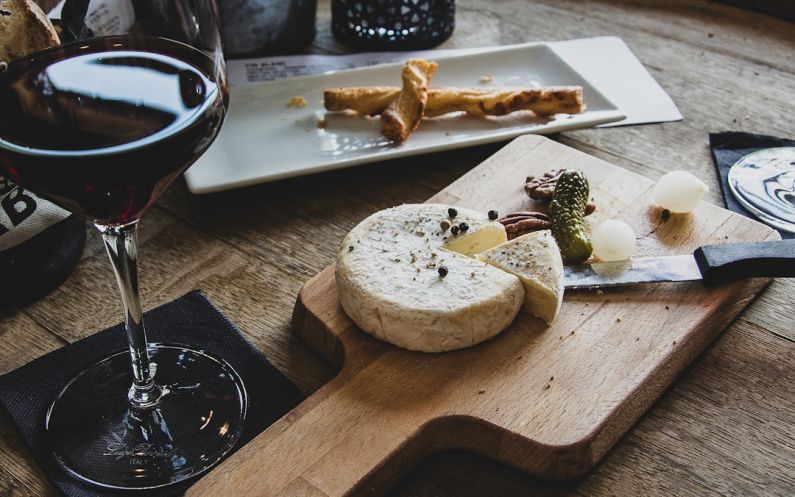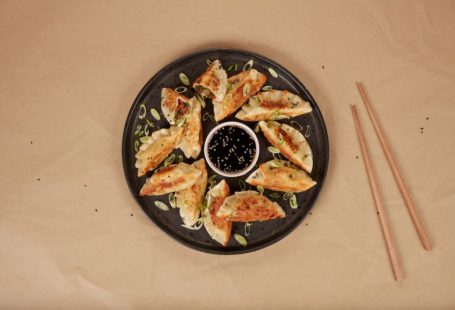When it comes to dining, the experience is not merely about satiating hunger but also about indulging in a sensory journey. From the aroma of the dish to the flavors that dance on the palate, every element plays a crucial role in creating a memorable dining experience. One aspect that elevates this sensory journey to new heights is the art of wine pairing with food. The harmonious blend of wine and food can enhance the flavors of both, creating a symphony of tastes that tantalize the senses. In this article, we delve into the intricacies of wine pairing, exploring how different wines complement various dishes to create a truly unforgettable dining experience.
Understanding the Basics of Wine Pairing
Pairing wine with food is not merely a matter of personal preference; it is a delicate art that involves understanding the interplay of flavors, textures, and aromas. The key to successful wine pairing lies in finding a balance between the components of both the wine and the dish. The goal is to enhance the flavors of the food and wine, bringing out the best in each other.
When it comes to pairing wine with food, there are a few basic principles to keep in mind:
1. Consider the Intensity of Flavors: Pair bold wines with bold dishes and delicate wines with lighter fare. For example, a rich Cabernet Sauvignon would complement a hearty steak, while a light Pinot Grigio would be perfect with a delicate seafood dish.
2. Match the Acidity: Pair acidic wines with acidic dishes to create a harmonious balance. For instance, a crisp Sauvignon Blanc would pair well with a zesty citrus salad.
3. Contrast or Complement: You can choose to either complement the flavors of the dish with similar wine notes or create a contrast that enhances the overall experience. For example, a spicy Thai curry could be complemented by a slightly sweet Riesling or contrasted with a dry Gewürztraminer.
Exploring the Diversity of Wine and Food Pairings
The beauty of wine pairing lies in its versatility, with a myriad of options available to suit every palate and preference. Whether you are indulging in a multi-course gourmet meal or enjoying a casual evening with friends, there is a perfect wine pairing waiting to be discovered.
Red Wine Pairings: Red wines, with their rich and complex flavors, are a popular choice for pairing with a variety of dishes. Full-bodied reds like Cabernet Sauvignon and Merlot are excellent companions for grilled meats, aged cheeses, and hearty pasta dishes. For a more delicate pairing, a light-bodied Pinot Noir can enhance the flavors of roasted chicken or mushroom risotto.
White Wine Pairings: White wines offer a refreshing counterpart to a range of dishes, from seafood to poultry to vegetarian fare. A crisp Chardonnay pairs beautifully with buttery lobster or creamy pasta dishes, while a dry Riesling can elevate the flavors of spicy Asian cuisine or tangy goat cheese.
Rosé Pairings: Rosé wines, with their versatile profile of fruitiness and acidity, are a fantastic choice for pairing with a wide range of foods. From light salads to grilled vegetables to charcuterie platters, a chilled glass of rosé can complement a variety of flavors with its refreshing finish.
Champagne and Sparkling Wine Pairings: The effervescence of Champagne and sparkling wine adds a festive touch to any dining experience. These wines are perfect for pairing with appetizers, seafood, and even fried foods, as the bubbles help cleanse the palate between bites.
Dessert Wine Pairings: When it comes to pairing wine with dessert, the key is to match the sweetness levels of the wine and the dish. Rich dessert wines like Port or Sauternes are ideal companions for decadent chocolate desserts, while a light Moscato d’Asti can enhance the flavors of fresh fruit or creamy desserts.
Elevating Your Dining Experience Through Wine Pairing
Mastering the art of wine pairing can truly elevate your dining experience, turning a meal into a sensory adventure that engages all your senses. Whether you are hosting a dinner party, celebrating a special occasion, or simply enjoying a quiet evening at home, the right wine pairing can enhance the flavors of your meal and create lasting memories.
One way to enhance your wine pairing skills is to experiment with different combinations and pay attention to how the flavors interact on your palate. Keep a journal of your favorite pairings and take note of the elements that make them successful. Attend wine pairing events or tastings to expand your knowledge and discover new flavors and textures that complement each other.
In conclusion, the art of wine pairing with food is a delightful journey of exploration and discovery, where each sip and bite reveal new layers of flavor and complexity. By understanding the basics of wine pairing, exploring the diversity of wine and food pairings, and elevating your dining experience through thoughtful combinations, you can unlock the full potential of your meals and create unforgettable moments with every bite and sip. Cheers to the sensory experience of wine pairing, where every glass and every dish tell a story of flavor, harmony, and delight.





